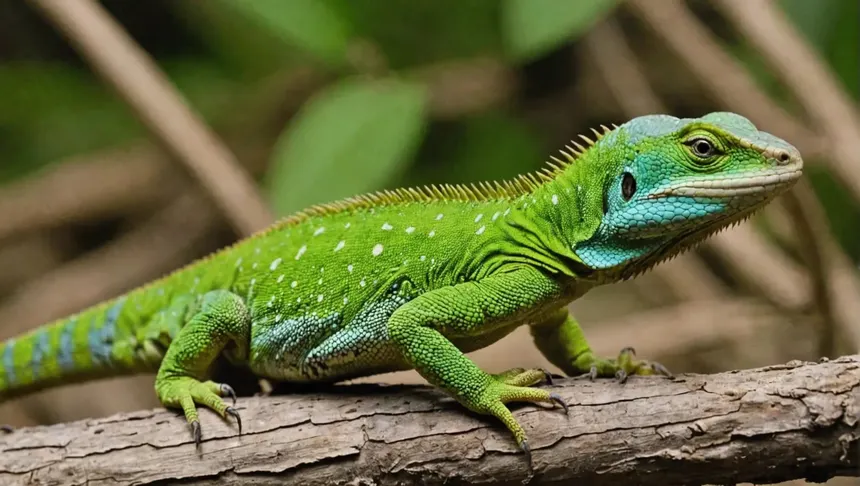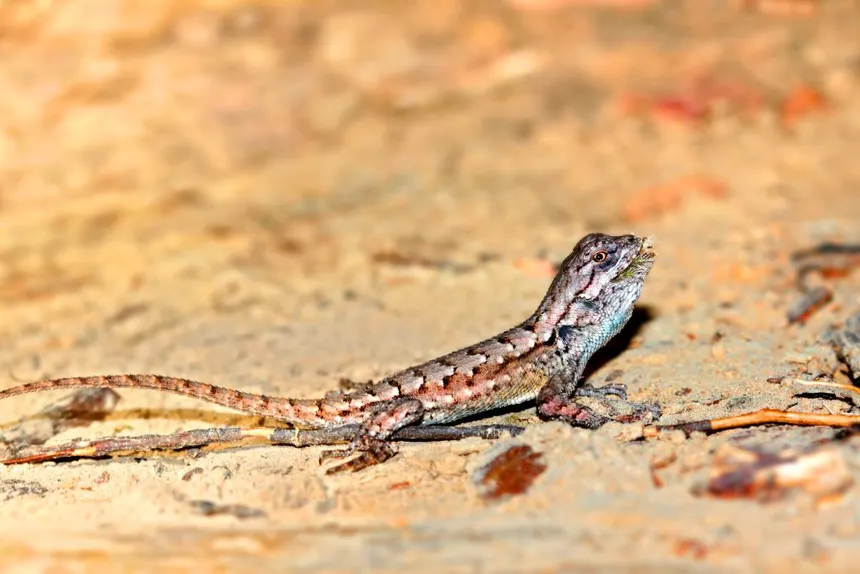Fascinating Facts About Lizard Diets and Behavior

Lizards are among the most diverse and adaptable reptiles on Earth, found on every continent except Antarctica. With over 6,000 known species, they come in all shapes and sizes—from tiny geckos that fit on a fingertip to the massive Komodo dragon. One of the most intriguing aspects of lizards is their varied diet, which can differ greatly depending on species, habitat, and size.
This article explores what lizards eat, how their feeding habits are shaped by evolution and environment, and other fascinating facts about their biology and behavior.
🦎 What Do Lizards Eat?
Lizards have highly diverse diets, and most species fall into one of three main categories:
1. Insectivores (Insect-Eaters)
Many small to medium-sized lizards feed almost exclusively on insects and other small invertebrates.
Examples include:
- Geckos
- Anoles
- Skinks
- Chameleons
Common prey:
- Crickets
- Beetles
- Moths
- Flies
- Grasshoppers
- Spiders
- Worms
These lizards often rely on quick reflexes and sticky tongues to catch prey.

2. Carnivores (Meat-Eaters)
Some larger lizards are true predators, feeding on meat such as small animals and even other reptiles.
Examples:
- Monitor lizards
- Komodo dragons
- Tegus
Prey includes:
- Rodents
- Birds
- Eggs
- Other lizards
- Carrion
The Komodo dragon is a powerful carnivore capable of taking down deer and wild boar, using venom and bacterial infection to subdue its prey.
3. Herbivores (Plant-Eaters)
Although most lizards are at least partly carnivorous, some are strict herbivores.
Examples:
- Iguanas
- Uromastyx
They eat:
- Leaves
- Flowers
- Fruits
- Vegetables
- Seeds
Herbivorous lizards tend to have larger, slower-moving bodies and need warmer climates to digest fibrous plant material efficiently.
4. Omnivores (Mixed Diet)
Some lizards eat both plant and animal matter, adjusting their diet based on food availability.
Examples:
- Bearded dragons
- Blue-tongue skinks
Their diet might include:
- Insects
- Fruits
- Flowers
- Leafy greens
- Eggs
Juveniles usually eat more insects, while adults tend to consume more plants.
🧠 Fascinating Facts About Lizards
Here are some incredible insights into the lives and behavior of lizards:
✅ Lizards Are Cold-Blooded
Lizards are ectothermic (cold-blooded), meaning they rely on external sources like the sun to regulate their body temperature. This affects how and when they eat—most are active and feed during warmer parts of the day.
✅ They Can Go Without Food for Long Periods
Due to slow metabolisms, especially in colder weather or dry seasons, many lizards can survive for weeks without food, relying on stored fat.
✅ Some Lizards Are Venomous
While rare, a few lizards like the Gila monster and Komodo dragon possess venom glands. Their venom can weaken prey or deter predators.
✅ Lizards Use Their Tongues and Smell to Find Food
Many species use their forked tongues (like snakes) to pick up scent molecules and locate prey. Others, like chameleons, use projectile tongues to snatch insects mid-air.
✅ They Play Vital Roles in Ecosystems
Lizards help control insect populations, pollinate plants, and serve as prey for birds, snakes, and mammals. In deserts, forests, and urban areas, they are crucial to maintaining balance in the food chain.
🐾 Pet Lizards: Feeding in Captivity
Popular pet lizards include:
- Leopard geckos (insectivores)
- Bearded dragons (omnivores)
- Green iguanas (herbivores)
Each species requires a carefully managed diet, including:
- Gut-loaded insects (fed nutritious food before feeding)
- Calcium supplements
- Fresh vegetables or fruits (for herbivores/omnivores)
- Proper temperature and light for digestion
Feeding the wrong food can lead to malnutrition, metabolic bone disease, or digestive problems.
📋 Quick Reference Table
| Lizard Type | Diet | Examples |
|---|---|---|
| Insectivore | Insects, spiders | Geckos, skinks, chameleons |
| Carnivore | Meat, small animals | Komodo dragons, monitors |
| Herbivore | Leaves, fruit | Iguanas, Uromastyx |
| Omnivore | Plants & animals | Bearded dragons, blue-tongue skinks |
🧬 Evolution of the Lizard Diet
Lizards evolved diverse feeding strategies to exploit different ecological niches. From agile tree-dwelling insectivores to slow-moving desert herbivores, their success is tied to their flexible and specialized diets.

🐊 Final Thought
Whether feasting on crickets, nibbling leaves, or stalking prey, lizards are adaptable and essential creatures of the natural world. Their diets reflect the extraordinary evolutionary paths they’ve taken, and understanding what lizards eat gives us a window into the ecosystems they help sustain.



